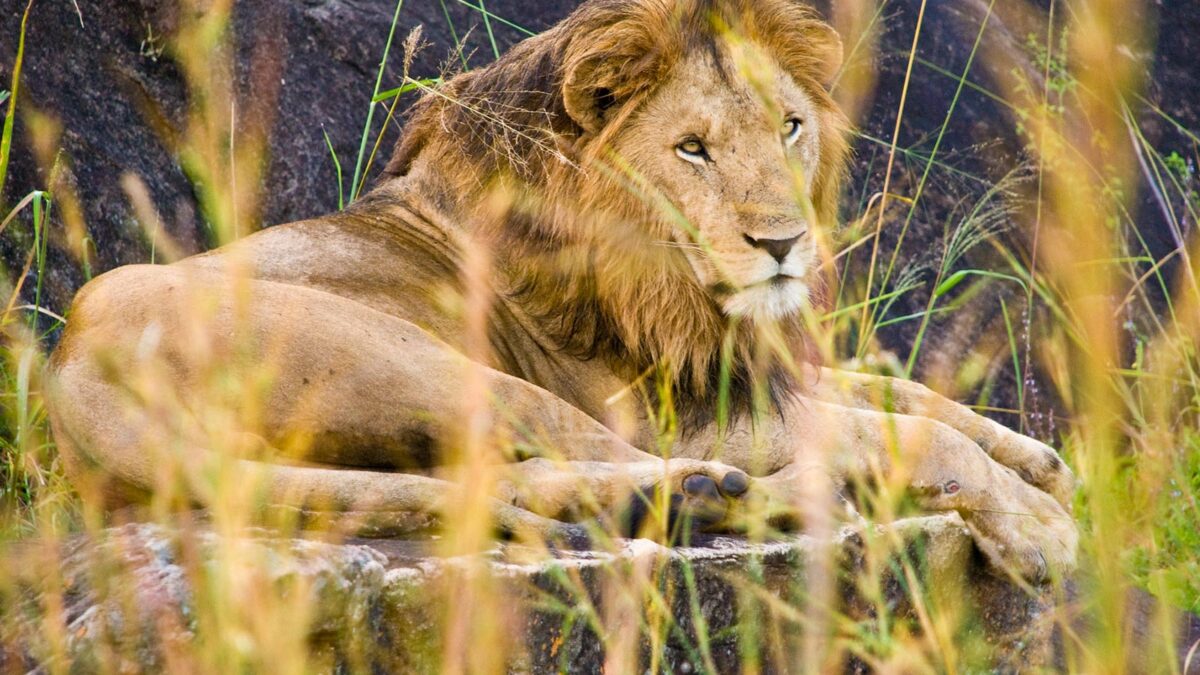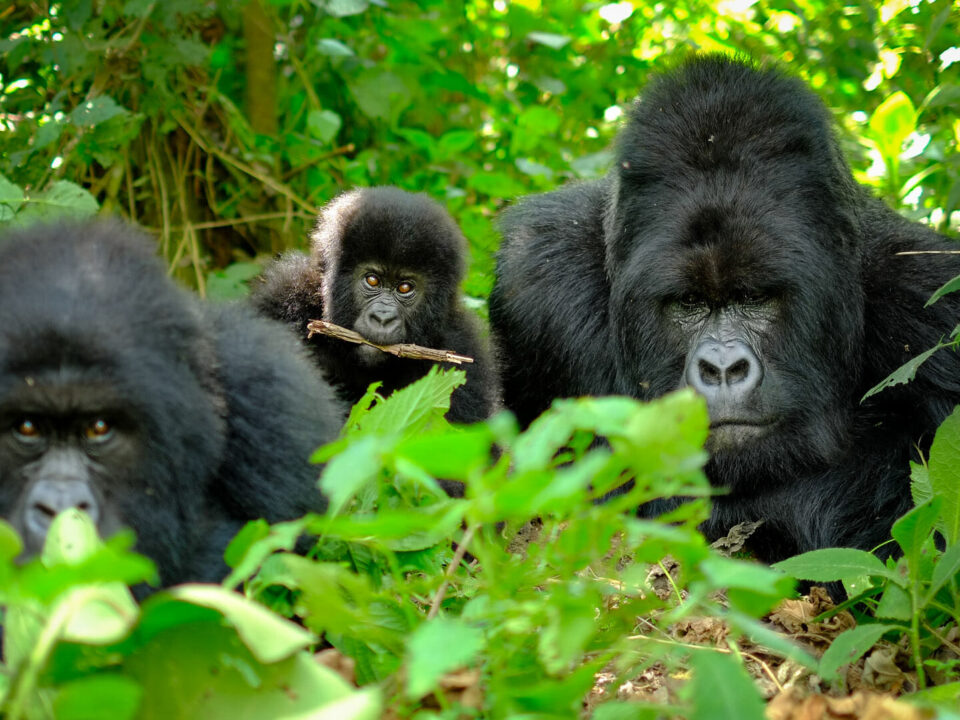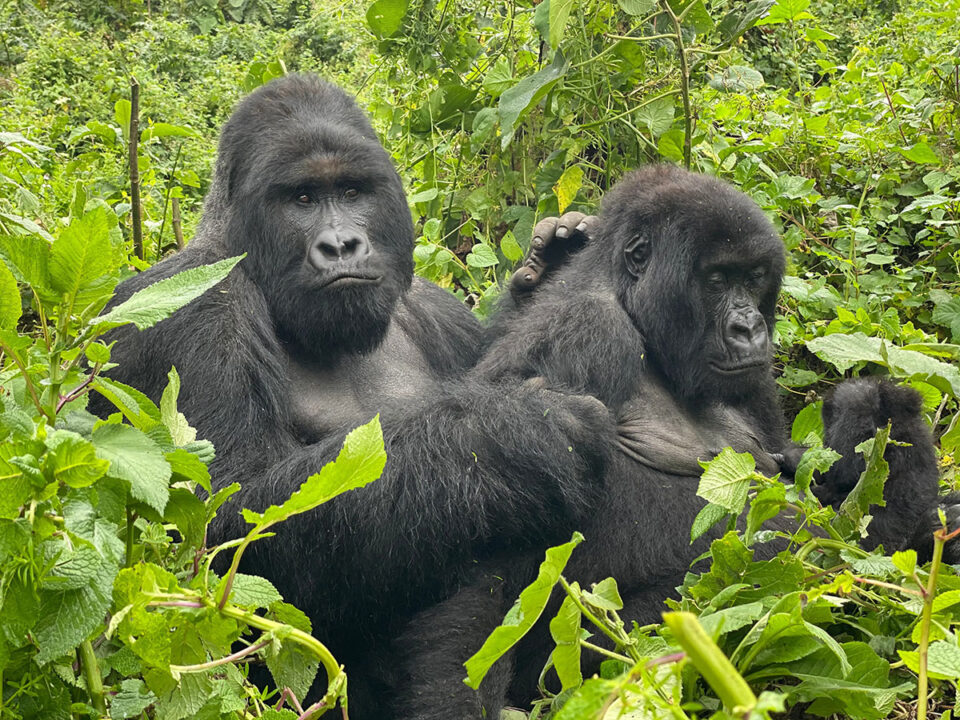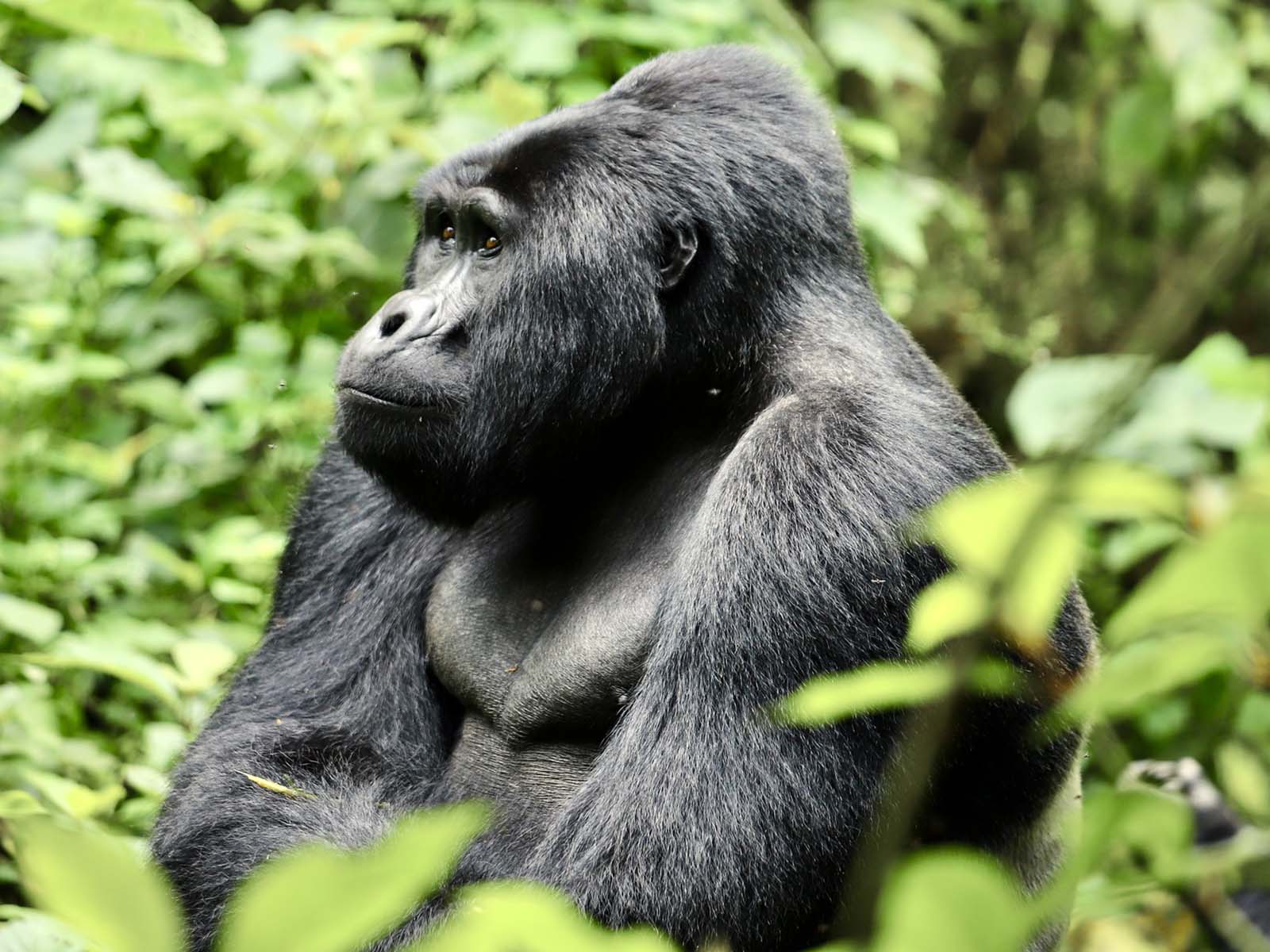
Activities & Things to do in Nkuringo Gorilla Sector
October 25, 2023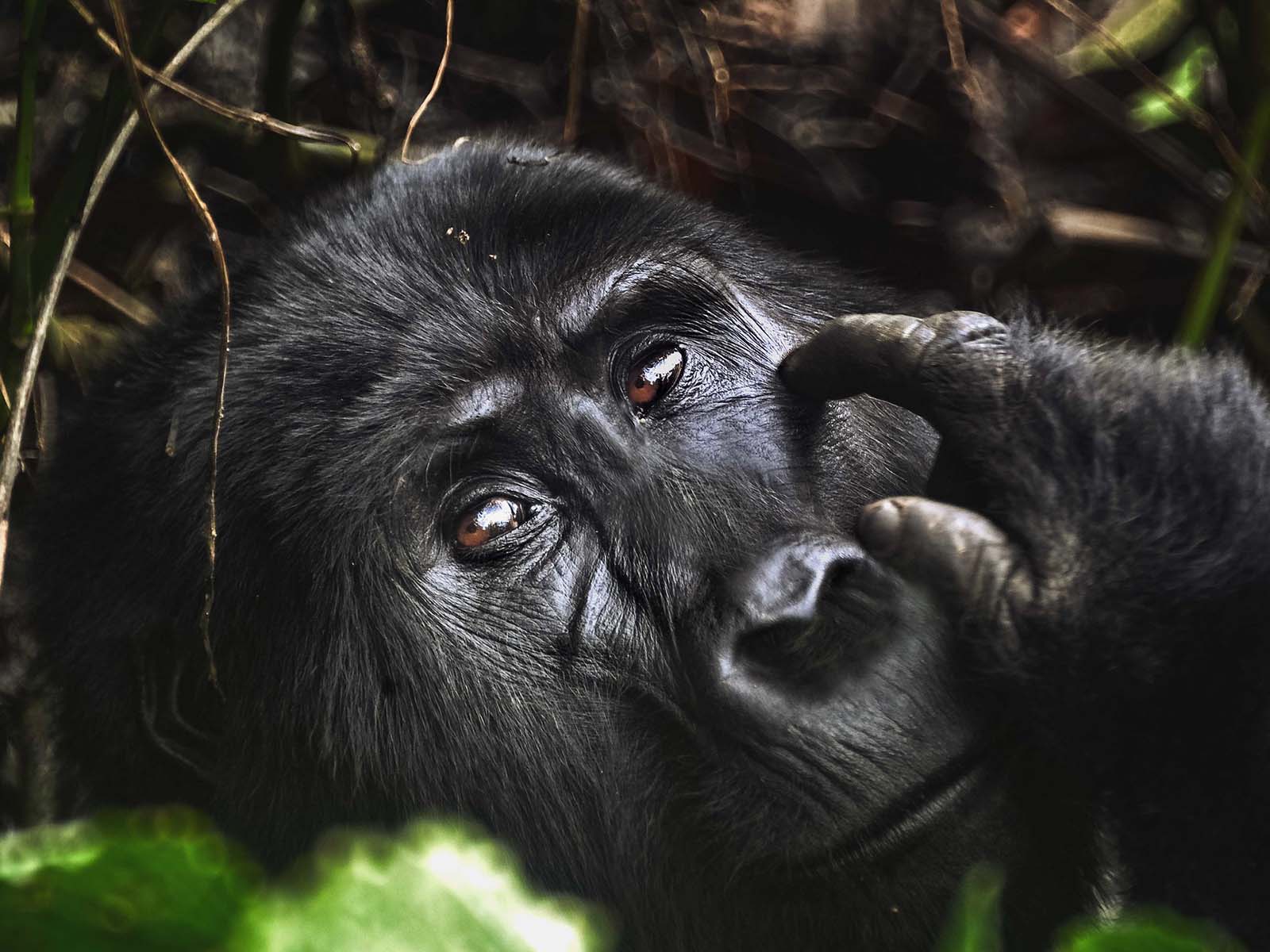
How to Book Mountain Gorilla Permits in Uganda
October 26, 2023Top Large Carnivores Sightings in Uganda – A Thrilling Safari Experience
Exploring the majestic wildlife of Uganda is an adventure like no other, and at the heart of this experience are the top large carnivores that roam the beautiful savannah parks of the country. These carnivores are not only a vital component of the ecosystem, but they also play a crucial role in regulating ungulate populations and preventing disease outbreaks by preying on the sick and weak individuals. Besides their ecological importance, these large carnivores hold cultural significance in Uganda and are globally recognized as species of great conservation value.
In Uganda’s diverse savannah parks, embarking on a safari to catch a glimpse of these awe-inspiring creatures is a journey that encapsulates the untamed spirit of the wilderness, steeped in history and folklore.
The four prominent large carnivores found in Uganda include the majestic lion (Panthera Leo), the elusive leopard (Panthera pardus), the cunning spotted hyena (Crocuta crocuta), and the swift cheetah (Acinonyx jubata). Additionally, the country is also home to smaller carnivores such as the golden cat (Felis aurata), Serval (Felis serval), side-striped jackals (Canis adustus), golden jackals (Canis aureus), black-backed jackals (Canis mesomelas), and the ratel, commonly known as the Honey Badger (Ratel ratel). Furthermore, Uganda hosts various smaller carnivorous species, including mongooses, otters, and genets, which contribute to the rich tapestry of the nation’s wildlife.
These large carnivores are a significant draw for Uganda’s tourism industry, second only to the famous Mountain Gorillas (Gorilla beringei beringei). The lion experiential program in Queen Elizabeth National Park, in particular, addresses the challenges faced by lions and leopards, which have been adversely affected by increasing human-wildlife conflicts. Uganda’s tourism sector, with its highest foreign currency earnings, is on a steady growth trajectory as the country gains international recognition. The nation’s ecotourism heavily relies on the mountain gorillas to attract visitors from around the world.
The presence of large carnivores in Uganda’s iconic parks, including Queen Elizabeth National Park, Murchison Falls National Park, Pian Upe Wildlife Reserve, and Kidepo Valley National Park, plays a vital role in retaining tourists within the country. It ensures that visitors not only stay within Uganda but also contribute to the nation’s economy. This is in stark contrast to neighboring countries like Kenya or Tanzania, where tourists often fly in from other regions. One of the factors that keeps tourists coming back to Uganda is the unique opportunity to see these large carnivores up close, offering the chance to capture stunning photographs and unforgettable memories.
These carnivores are integral to Uganda’s tourism industry, and their presence greatly contributes to the country’s economic growth. Should they become increasingly rare or harder to spot, it could have a substantial impact on the nation’s tourism sector, which relies on the allure of its wildlife to attract visitors from all corners of the globe. As travelers embark on safaris in Uganda, the quest to witness these top large carnivores takes center stage, offering a unique and unforgettable adventure. Trek Africa Expeditions is your dedicated partner in arranging safaris that promise a once-in-a-lifetime opportunity to witness these remarkable creatures in their natural habitat.

